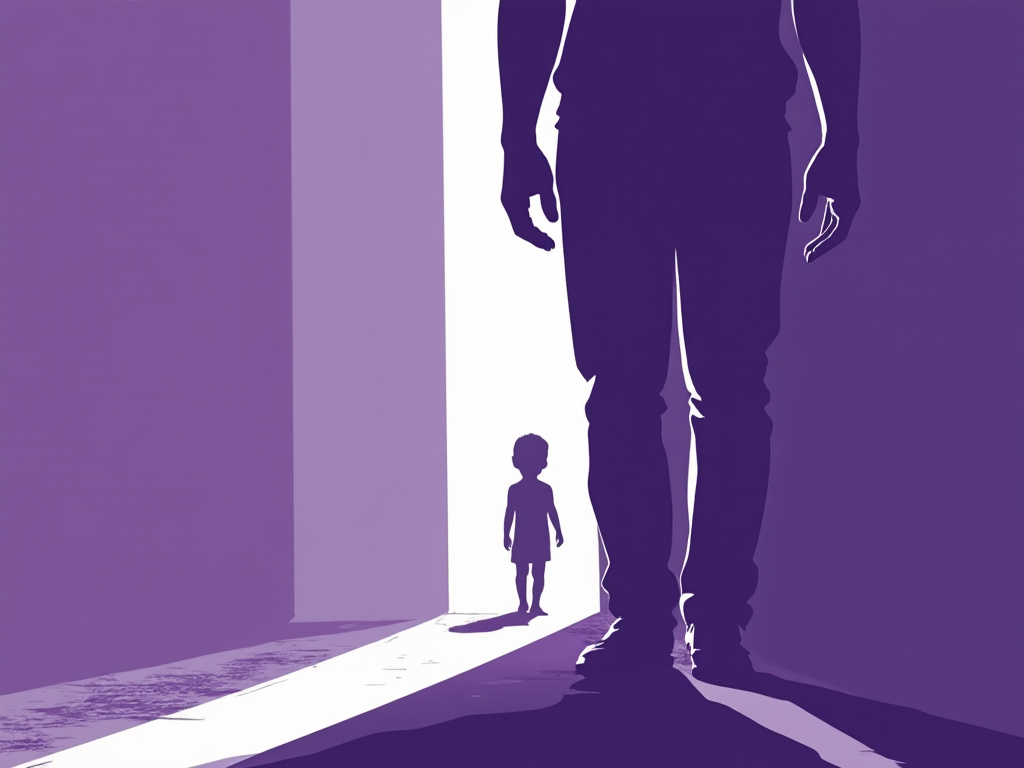Perpetrators of Child Abuse & Neglect: Understanding the Causes

Child abuse and neglect cast a dark and enduring shadow over the lives of innocent victims. A key component of addressing these problems is understanding the dynamics of the perpetrators responsible for these reprehensible acts.
Distinguishing Between Abuse and Neglect
In the context of child maltreatment, perpetrators are individuals who either intentionally cause harm or allow it to befall a child. It's crucial to discern between abuse and neglect, as they stem from different origins and manifest in distinct ways. Abuse often arises from intentional acts, while neglect is more likely to occur when caregivers, lacking essential skills, find themselves unable to meet a child's needs.
Scope of Caregivers
Across states, neglect perpetrators are primarily defined as parents and caregivers, encompassing relatives, babysitters, and adoptive parents. However, the legal definition of "caregiver" varies from state to state. Harm inflicted on a child by individuals outside this caregiver role, whether familiar or strangers, may be treated as a criminal matter rather than categorized as child abuse or neglect.
Insights from Child Abuse and Neglect Perpetrator Statistics
To illuminate the prevalence of child abuse and neglect, the Children's Bureau under the U.S. Department of Health and Human Services compiled a 2019 report titled "Child Maltreatment." The findings provide significant insights into the characteristics of perpetrators:
- Age Range: A striking 83% of perpetrators fall within the 18 to 44 age range.
- Gender: Slightly over half (53%) of perpetrators are female, with 46.1% being male.
- Racial Composition: Predominantly, perpetrators comprise White (48.9%), African-American (21.1%), and Hispanic (19.7%) individuals.
- Relationship to the Victim: A staggering 77.5% of perpetrators are parents of the child they victimize.
The Ongoing Cycle of Abuse and Neglect
Child abuse and neglect often perpetuate across generations as children internalize behaviors from their parents. Growing up in an environment where violence is an accepted response to frustration increases the likelihood of resorting to violence as adults.
The crucial skills needed to manage anger and frustration aren't cultivated in an environment rife with violence. Similarly, a father lacking self-esteem or maturity may struggle to instill these traits in his child, perpetuating a cycle of low self-esteem and abusive behavior.
However, it's important to acknowledge that child abuse and neglect result from a complex interplay of factors unique to each situation. These factors encompass but are not limited to socioeconomic conditions, substance abuse, and mental health issues. An indicator of abuse or neglect is merely one piece of the puzzle, necessitating consideration within the broader context of the child's life.
Recognizing Common Characteristics of Perpetrators
Adults who subject children to abuse or neglect often share several general characteristics:
- Isolation: Perpetrators are frequently emotionally and physically isolated from their social networks, avoiding social contact and seldom participating in community activities.
- Low Self-esteem: Many of these individuals perceive themselves as unworthy or unlovable, projecting their negative self-image onto their children, resulting in abusive or neglectful behavior.
- Lack of Parenting Knowledge: Often, abuse or neglect stems from a lack of understanding of a child's developmental needs or the absence of essential parenting skills.
- Immaturity: Immature behavior, impulsivity, and the use of children to fulfill their own emotional or physical needs are common traits among individuals struggling with parenting responsibilities.
A Call to Action: Breaking the Chains of Abuse and Neglect
The time to address the profound issues of child abuse and neglect is now, and we must urgently comprehend the diverse characteristics displayed by perpetrators to design effective prevention and intervention programs. The urgency lies in tailoring support and education to the specific circumstances of each family and caregiver, addressing not only immediate issues but also the root causes that perpetuate the cycle.
Shielding the most vulnerable among us demands immediate and decisive action. Prioritizing early intervention and education is not just essential; it is an urgent imperative. We cannot afford to wait. The tools and resources needed to break the cycle of violence and neglect must be provided to parents and caregivers without delay.
The urgency is clear—every moment counts. Let us unite in this crucial mission to protect our children and ensure their safety, well-being, and a future free from the shackles of abuse and neglect. Together, we can make a difference.

